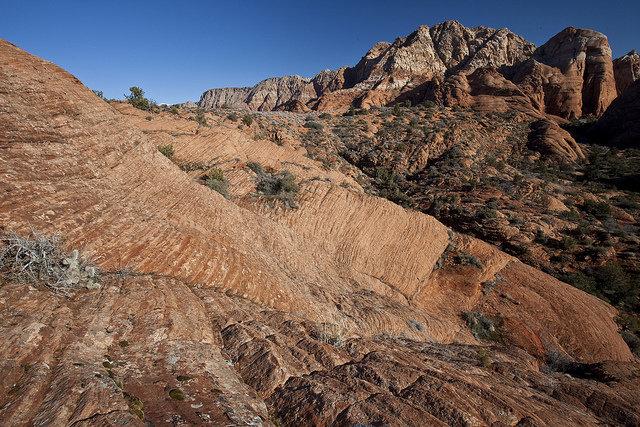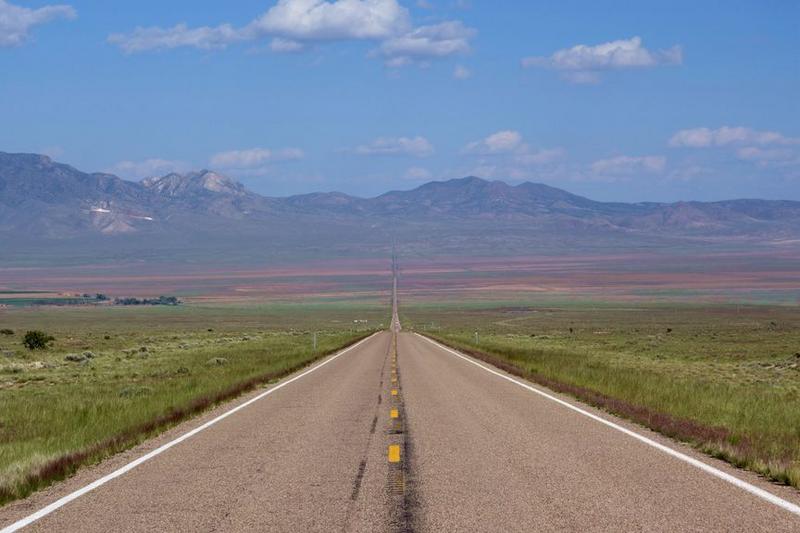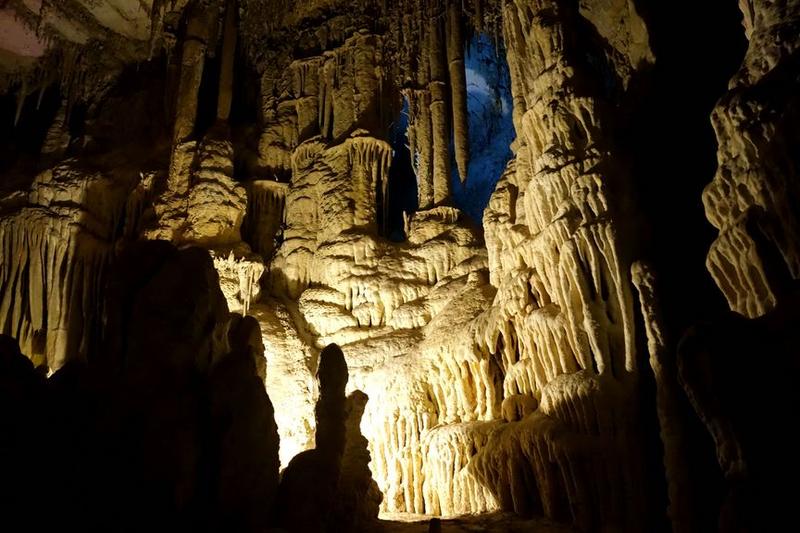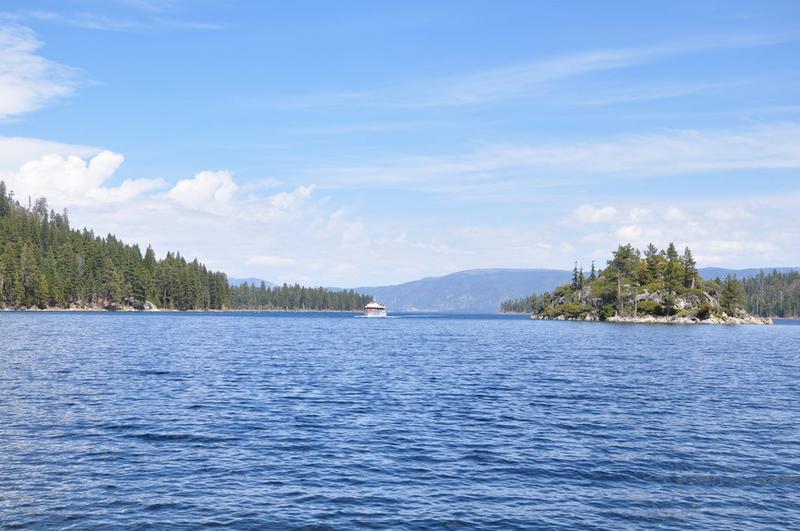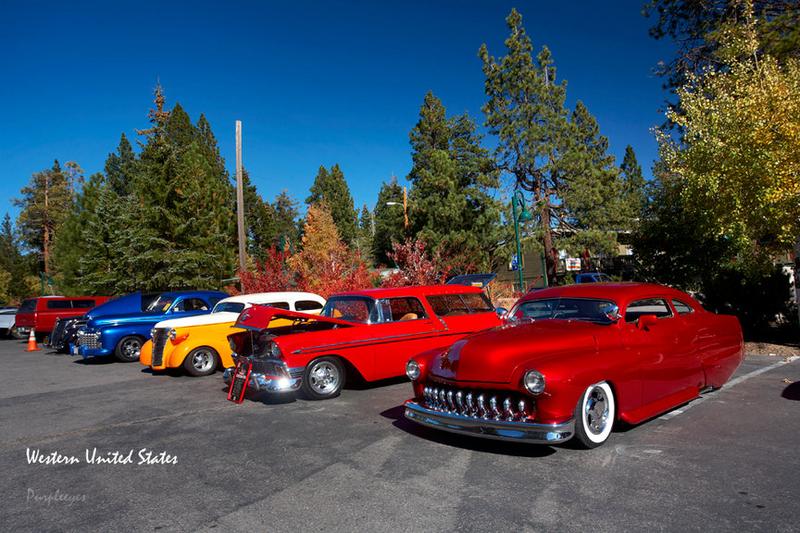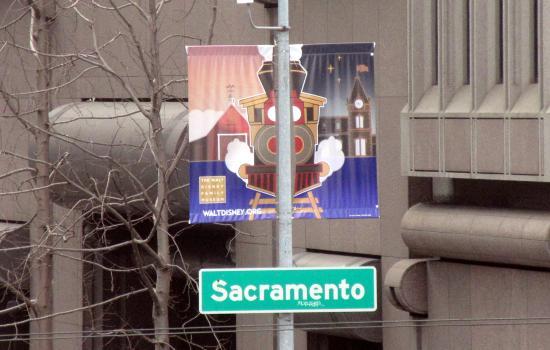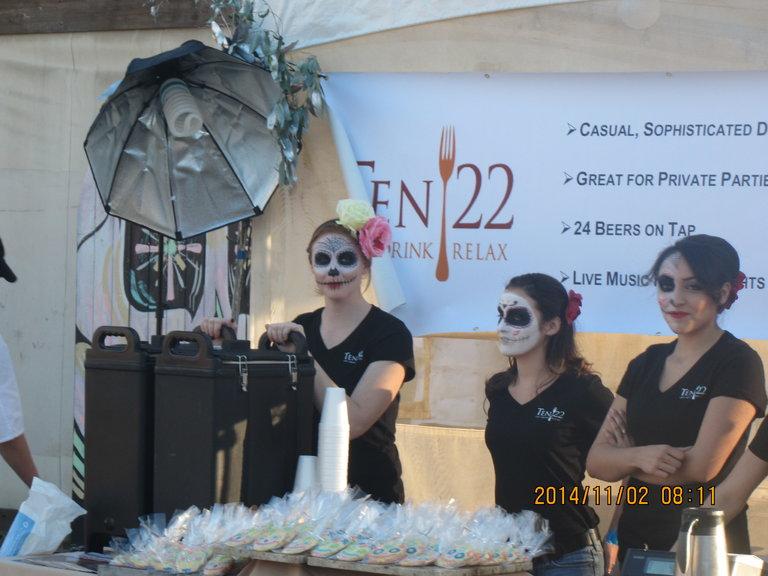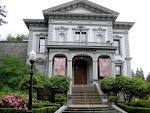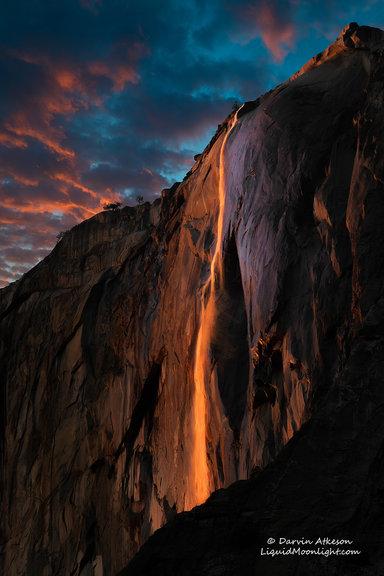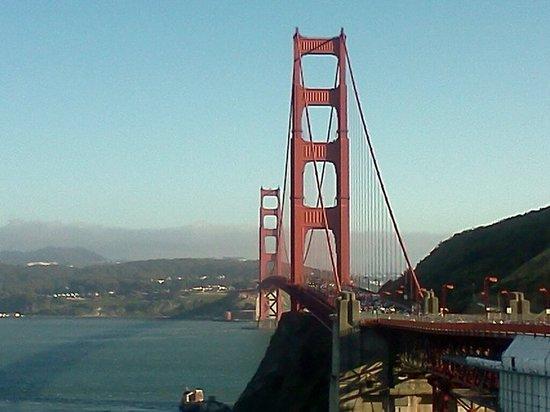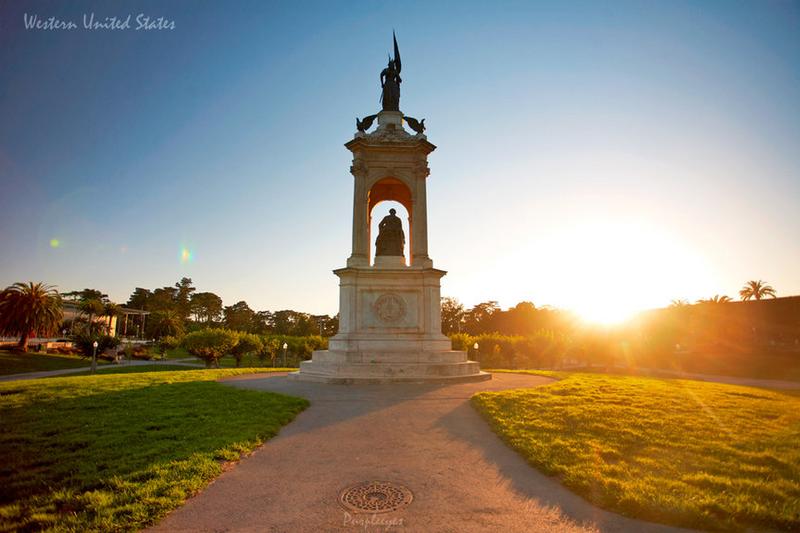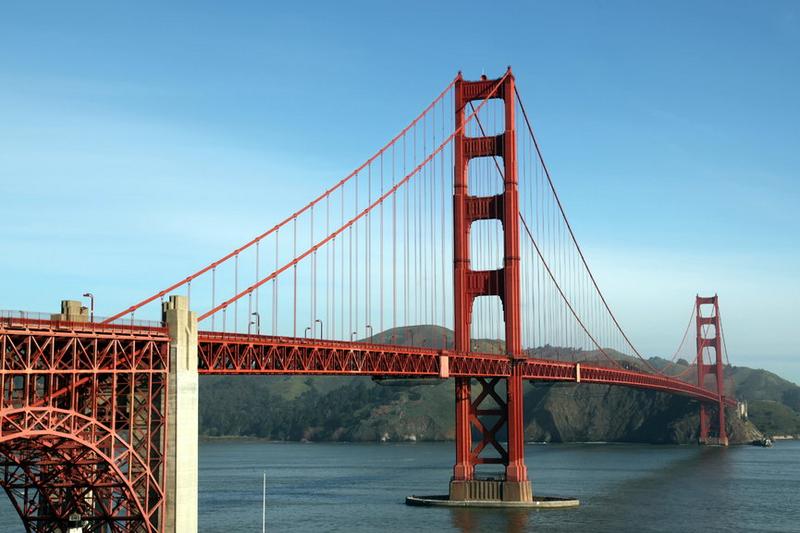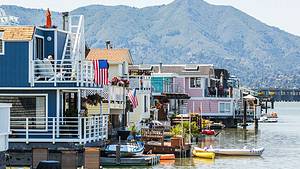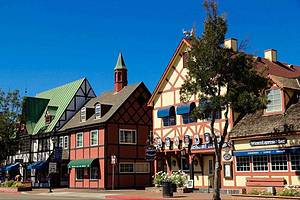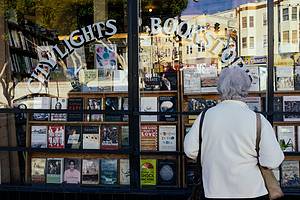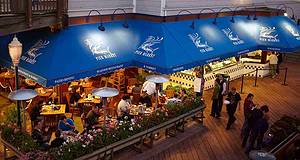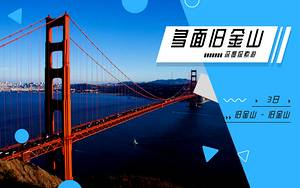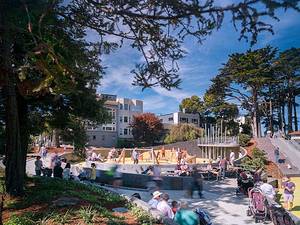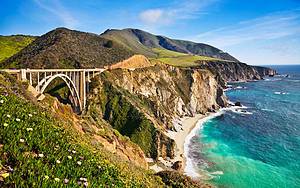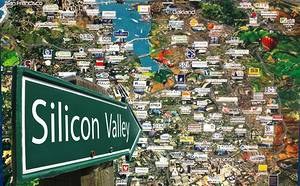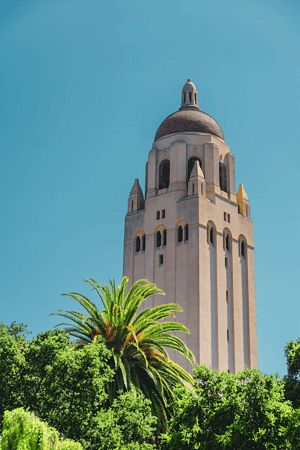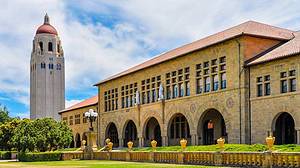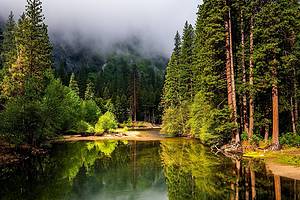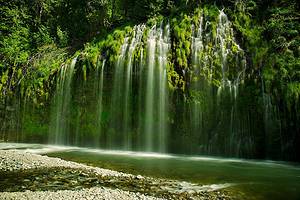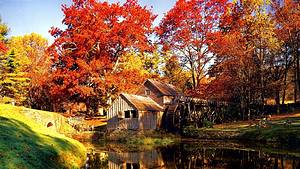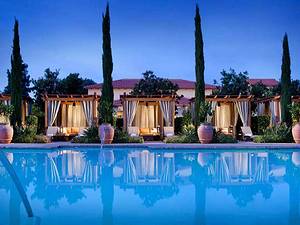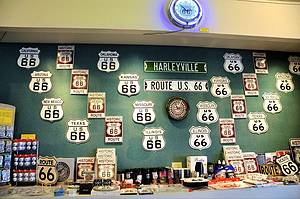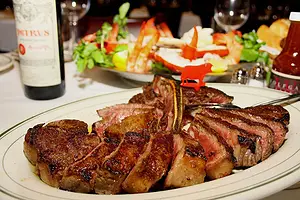The rugged Highway 50 drive in Nevada is recommended for a self-driving trip on the 10th day
7 cities |
24 attraction(s) |
total distance 1998
km
 TIPS
TIPS
Day1
Day2
Day3
Day4
Day5
Day6
Day7
Day8
Day9
Day10
Day1: Las Vegas
3 attraction(s) ·
31 km
1
29 kilometers west of Strip is the Red Rock Canyon National Conservation Area. The rocks in Red Rock Canyon have a unique vibrant red color due to the infiltration of oxidized iron and centuries of weathering. The local Native American relics are also highlights, and there are opportunities to see wildlife. It's a worthwhile destination near Las Vegas, and many couples who register their marriages in the city choose it as a scene for their wedding photos.
29
km
Day2: Las Vegas > great-basin-national-park
2 attraction(s) ·
496 km
1
Las Vegas Boulevard, with a total length of 82.7 kilometers, is a major road in the Las Vegas Valley region of Nevada, USA. Known for its numerous casinos and hotels, the southern section of the road is referred to as the "Las Vegas Strip". Las Vegas Boulevard used to be part of US Route 91 in Nevada, which connected Los Angeles and Salt Lake City, but it has since been replaced by the new Interstate 15. Currently, Las Vegas Boulevard primarily handles local traffic, with some sections belonging to Nevada State Route 604.
496
km
2
Great Basin National Park is the only national park in Nevada, located in the Great Basin between the Nevada mountains and the Colorado Plateau. It is a desert area and is home to one species of the oldest trees in the world, the bristlecone pine. The park receives fewer visitors due to its remote location.
Day3: great-basin-national-park > Reno
3 attraction(s) ·
690 km
1
The most distinctive tour activity in the park is to explore the cave landscape, including stalactites, stalagmites, and columns. The most famous one is the parachute shield formed by limestone. Tickets can be purchased at the Lehman Caves Visitor Center, and tours are led by rangers. There are two routes available: Grand Palace, 90 minutes, $10 per person, and Lodge Room, 60 minutes, $8 per person. It is recommended to join the Grand Palace tour for a full cave exploration.
20
km
3
Lake Tahoe is a large freshwater lake in the Sierra Nevada mountains in northwest United States, with an elevation of 6,225 feet. It is the second-largest water storage lake in the country after the Great Lakes, with a depth of 1,645 feet, second only to Crater Lake in Oregon (1,945 feet). The lake formed about 2 million years ago and is part of the Lake Tahoe basin, with its modern features formed during the ice age. The lake is known for its clear water and surrounding mountains, and the area around the lake is also called Lake Tahoe or Tahoe for short, with over 75% of its watershed managed by the US Forest Service. Lake Tahoe is a major tourist destination in Nevada and California, offering winter sports, summer outdoor activities, and year-round scenic views. The snow and ski resorts are an important part of the local economy and reputation. The large casinos on the Nevada side also attract many visitors, and the highways provide year-round access to the area.
Day4: South Lake Tahoe
2 attraction(s) ·
30 km
1
Emerald Bay National Park includes Eagle Falls and Vikingsholm. Vikingsholm is a 38-room mansion designed and built by architect Leonard Palme, owned by his aunt Laura Knight. Fannette Island, located in Emerald Bay, is the only island on Lake Tahoe with a preserved tea house. Emerald Bay is one of the most popular attractions on Lake Tahoe, accessible by boat from various ports or by hiking down from the Emerald Bay Vista Point on Highway 89.
30
km
2
Day5: South Lake Tahoe > San Francisco
2 attraction(s) ·
341 km
2
Sacramento Street is a great place for shopping, with various shops, especially focusing on art decorations and home goods.
Day6: Sacramento
2 attraction(s) ·
2 km
1
Restoring old buildings, museums, and unique shops brings life to this historically significant area.
2
km
2
The Crocker Art Museum is the first art museum in the United States and one of California's top art institutions. Established in 1885, it houses one of the finest collections of California art in the country. The museum also houses a collection of international ceramics as well as rich artworks from Europe, Asia, Africa, and Oceania.
Day7: Yosemite National Park
2 attraction(s) ·
78 km
1
Olmsted Point is located on Highway 120 in Yosemite National Park, and its distinctive feature is the large rock with turtle shell-like patterns. From the rock, you can clearly see the famous Half Dome, and you can enjoy panoramic views from the parking lot or experience the thrill of the height difference by walking along the trail to the edge of the ravine a few hundred meters away.
78
km
2
Yosemite's Horsetail Fall is famous for its appearance, resembling fire, when viewed under the reflection of the sunset's orange glow from mid-February to the end of the month. It is a seasonal waterfall within California's Yosemite National Park, flowing from the east side of El Capitan into the Merced River, with a drop of 1,000 feet. It only has water flow during winter and spring (December to April).
Day8: Yosemite National Park
2 attraction(s) ·
2 km
1
Yosemite Falls (also known as Josémite Falls) is one of the tallest waterfalls in the world and flows all year round. With a total drop of 720 meters, it is the highest waterfall in North America. It consists of three sections: Upper, Middle, and Lower Falls. The breathtaking scene of "a sheer drop of two thousand feet" can be fully enjoyed in areas such as Yosemite Valley and Glacier Point. The water flow is the highest when the snow and ice melt in May, and it typically dries up from August to October, so the magnificent sight cannot be seen during that time. The nearby Bridalveil Falls is also worth visiting.
2
km
2
Yosemite National Park is a famous photography spot. Yosemite Valley is 13 kilometers long and 1.6 kilometers deep. It is surrounded by tall granite peaks - Half Dome and El Capitan - with dense pine forests. Many streams flow into the Merced River, and there are many waterfall groups, such as Upper and Lower Yosemite Falls, the most famous of which is Yosemite Falls. Standing on the valley viewpoint, you can enjoy the panoramic view of the entire valley.
Day9: Yosemite National Park > San Francisco
2 attraction(s) ·
307 km
1
This is the gallery of the Yosemite Museum, which provides exhibitions and sales of gifts, souvenirs, etc.
307
km
2
San Francisco Bay is a bay suitable for hiking and cycling, as well as bird-watching and exploring the wetlands. The environment is pleasant.
Day10: San Francisco
4 attraction(s) ·
25 km
1
The Golden Gate Park and Central Park in New York have similar roles and characteristics. They are the lungs of San Francisco and iconic green spaces on the West Coast of the United States. Recommended places to visit in Golden Gate Park include the Japanese Tea Garden, the California Academy of Sciences, and the de Young Museum.
13
km
2
The name of Fisherman's Wharf is well-known, from Ghirardelli Square all the way to Pier 35. Among them, Pier 39 is the most lively, with various unique shops and restaurants. Visitors can also watch sea lions and enjoy views of the Golden Gate Bridge, Bay Bridge, and Alcatraz Island.
3
km
3
It is called Lombard Street, known as the "Crookedest Street in the World". It has eight sharp turns in a short stretch lined with beautiful flowers and greenery. It is a must-visit attraction in San Francisco.
11
km
4
The Golden Gate Bridge is a landmark architecture in San Francisco and a miracle of modern bridge engineering. The bridge is approximately 2,737.4 meters long, 27.5 meters wide, and 227.4 meters high, spanning the Golden Gate Strait and connecting San Francisco with Marin County to the north. It took 4 years to complete the bridge, with a cost of $35.5 million. The bridge's bright international orange color stands out, and it can be seen clearly even in heavy fog.
